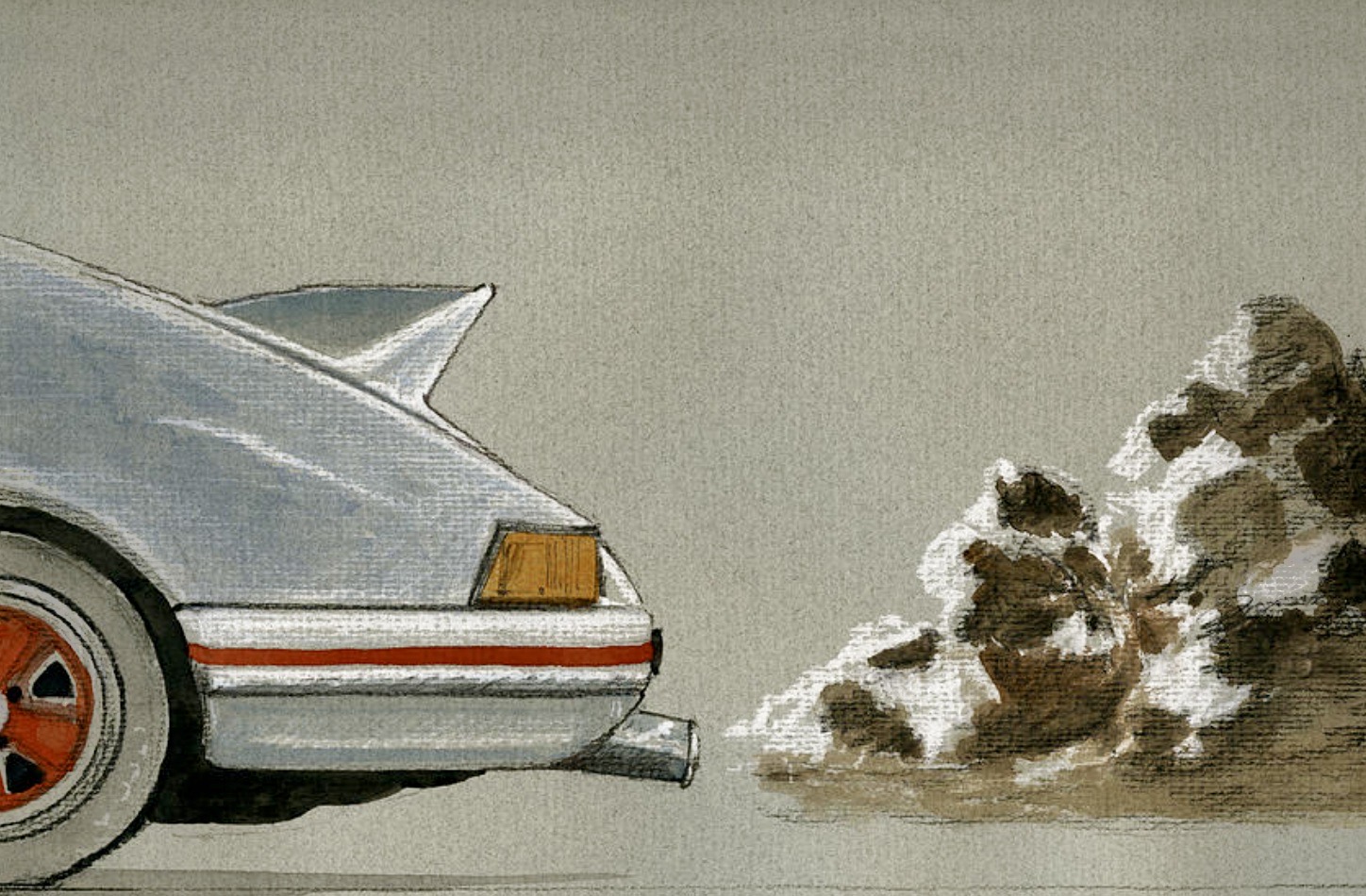

The notion that in a group of cyclists, the person in front of the group is always the most exposed to harmful vehicle pollutants has been debunked by the University of Surrey.
A series of unique experiments were carried out in Surrey’s Environmental Flow (EnFlo) wind tunnel, capturing results from a vehicle driving in front and adjacent to the riders.
With a vehicle in front of a cycling group and little wind movement, the findings confirm that pollutant exposure decreases the further the cyclist is from the vehicle. However, with more wind, riding towards the back of the group can be a good strategy to minimize exposure.
When the vehicle is adjacent to the cycling group, results show how exhaust fumes can be trapped by a complex aerodynamic field, making the front riding position the place with the least exposure despite its proximity with the vehicle.
Joy Schmeer, Postgraduate Researcher at the University of Surrey and lead author said:
“Cycling is encouraged to reduce congestion on the roads, as well as traffic emissions, yet despite many encouraging health aspects of cycling, the exposure to and inhalation of vehicle pollutants is something not to be forgotten, especially when used as a regular alternative transport method.
“The findings of these experiments highlight that a group of cyclists need to consider their routes and position within a group, especially when roads become busier and narrower.”
Dr Marco Placidi, Senior Lecturer in Experimental Fluid Mechanics at the University of Surrey commented:
“The results of these experiments reveal important recommendations that cyclists and drivers should know to increase health and safety while cycling in groups.
“While drivers need to maximize their distance away from riders before overtaking them, cyclists should aim to distance themselves from the vehicle’s exhaust, but also potentially from other riders if a vehicle is driving adjacent to them. As for further recommendations, experiments like these show the need to consider repercussions of peak utilization of urban cycle lanes during their design stages.”


